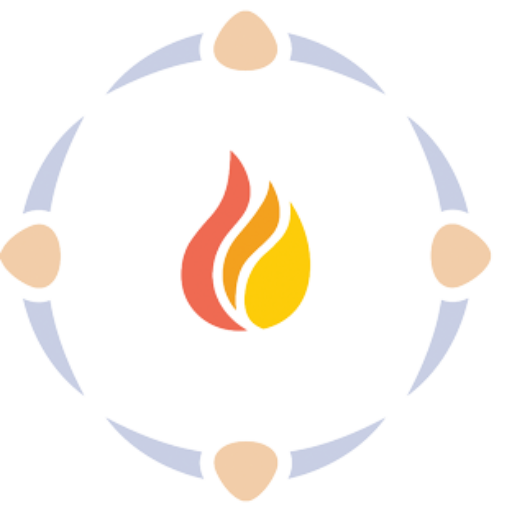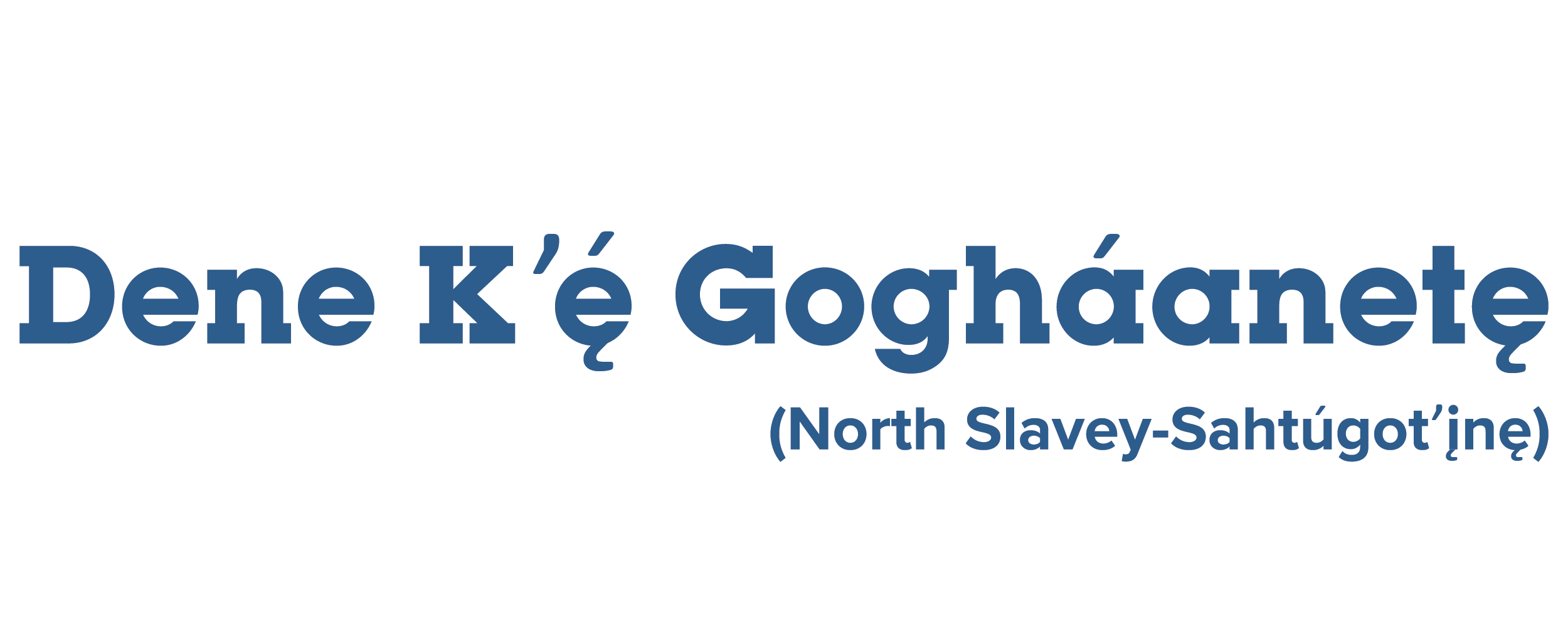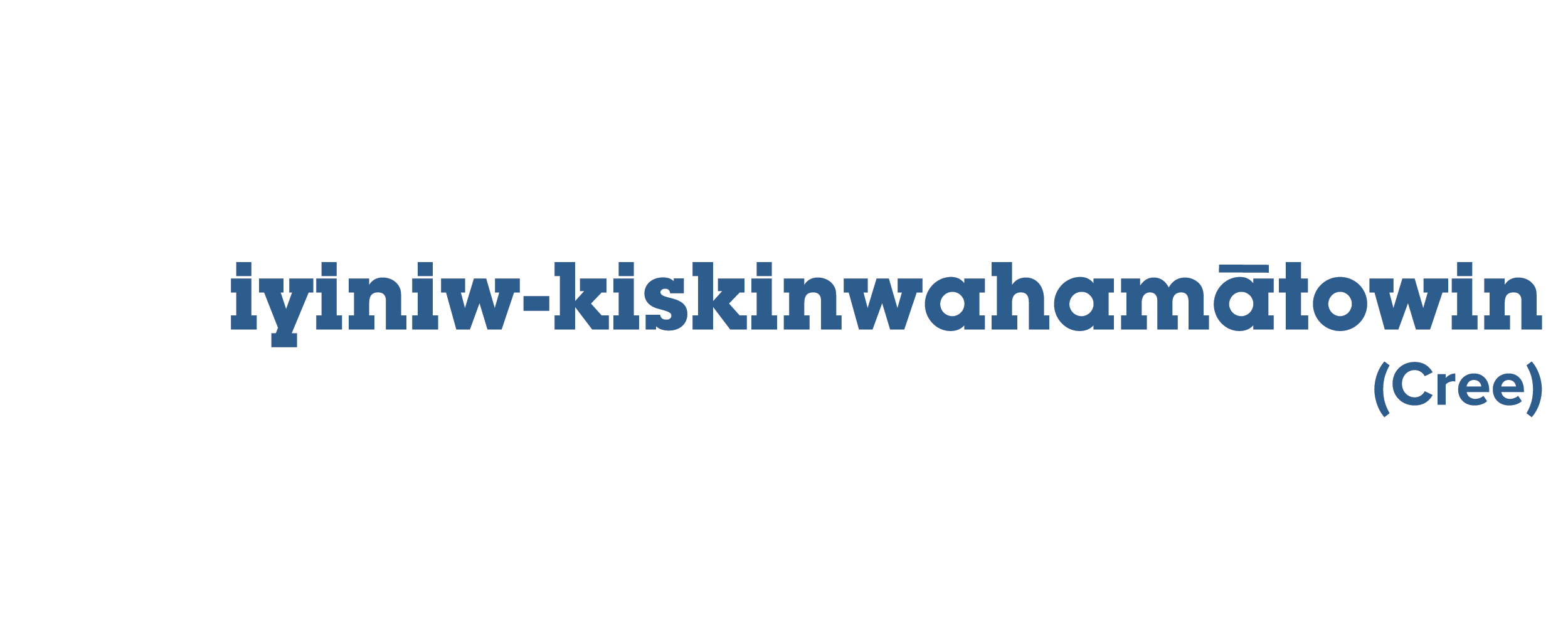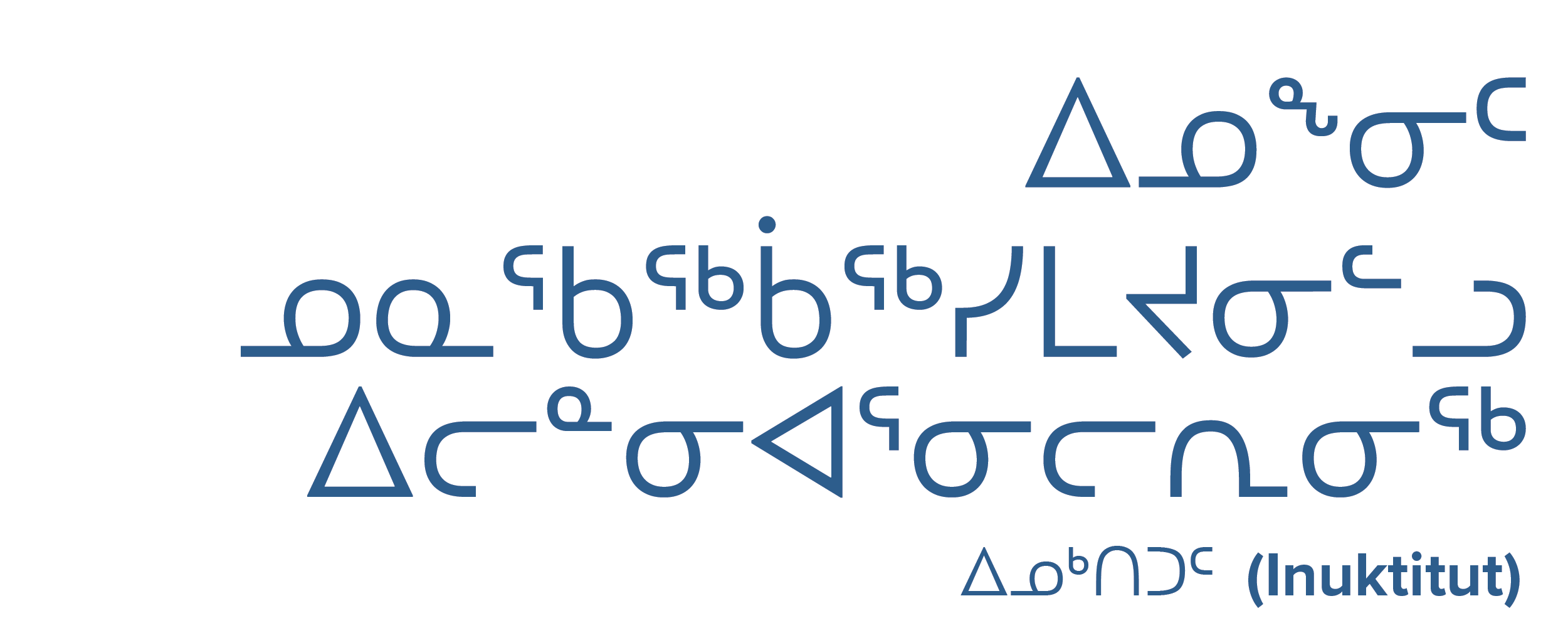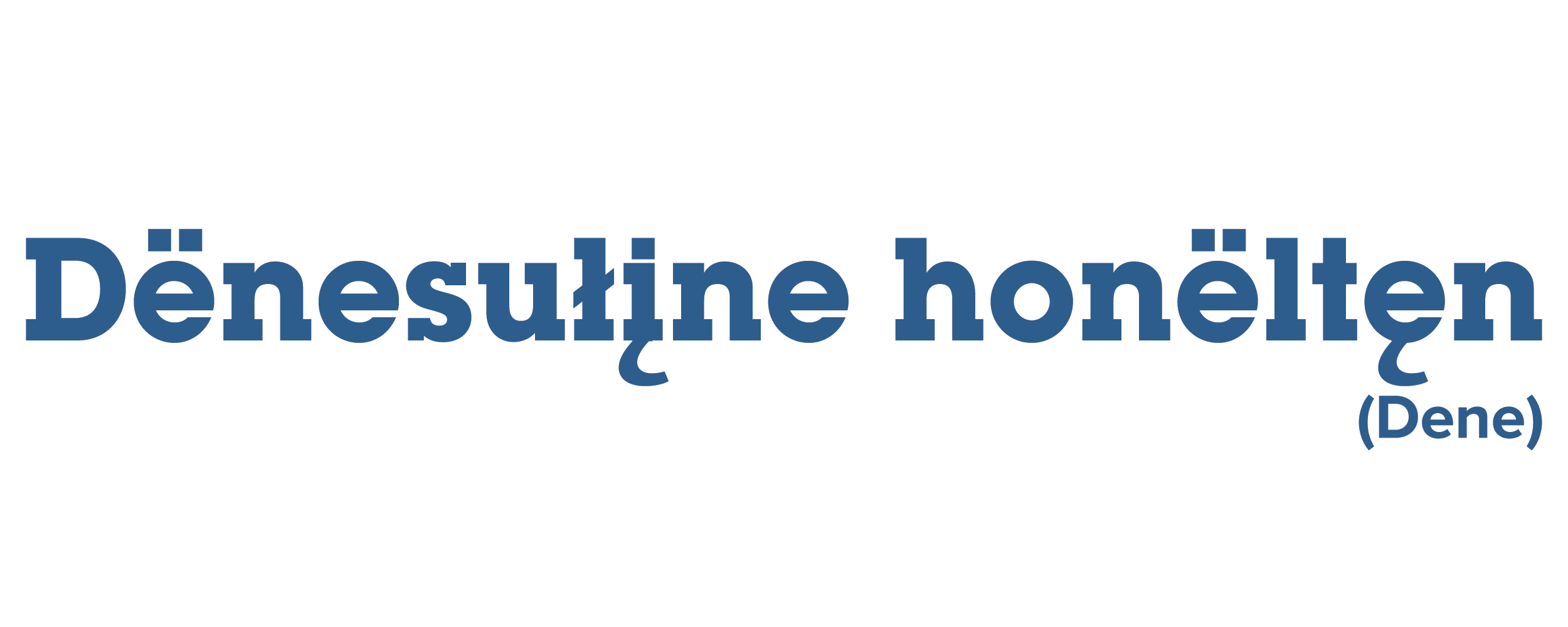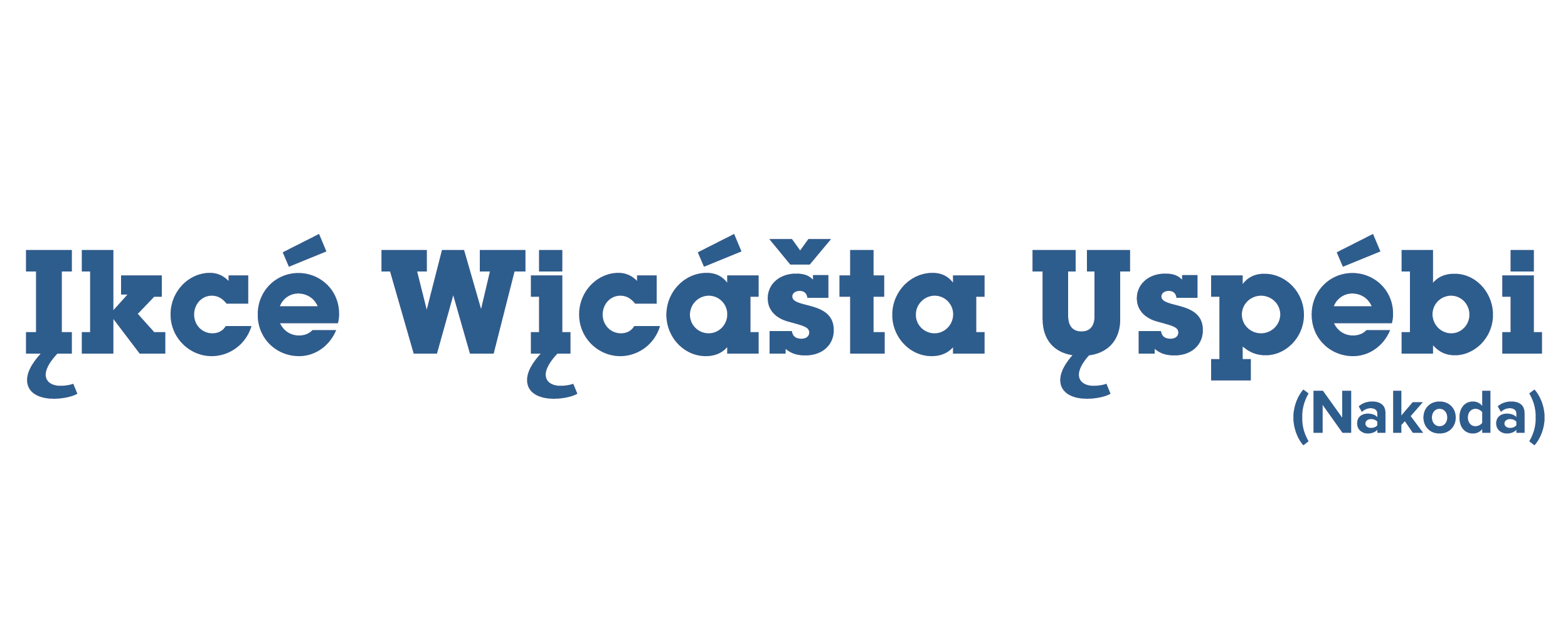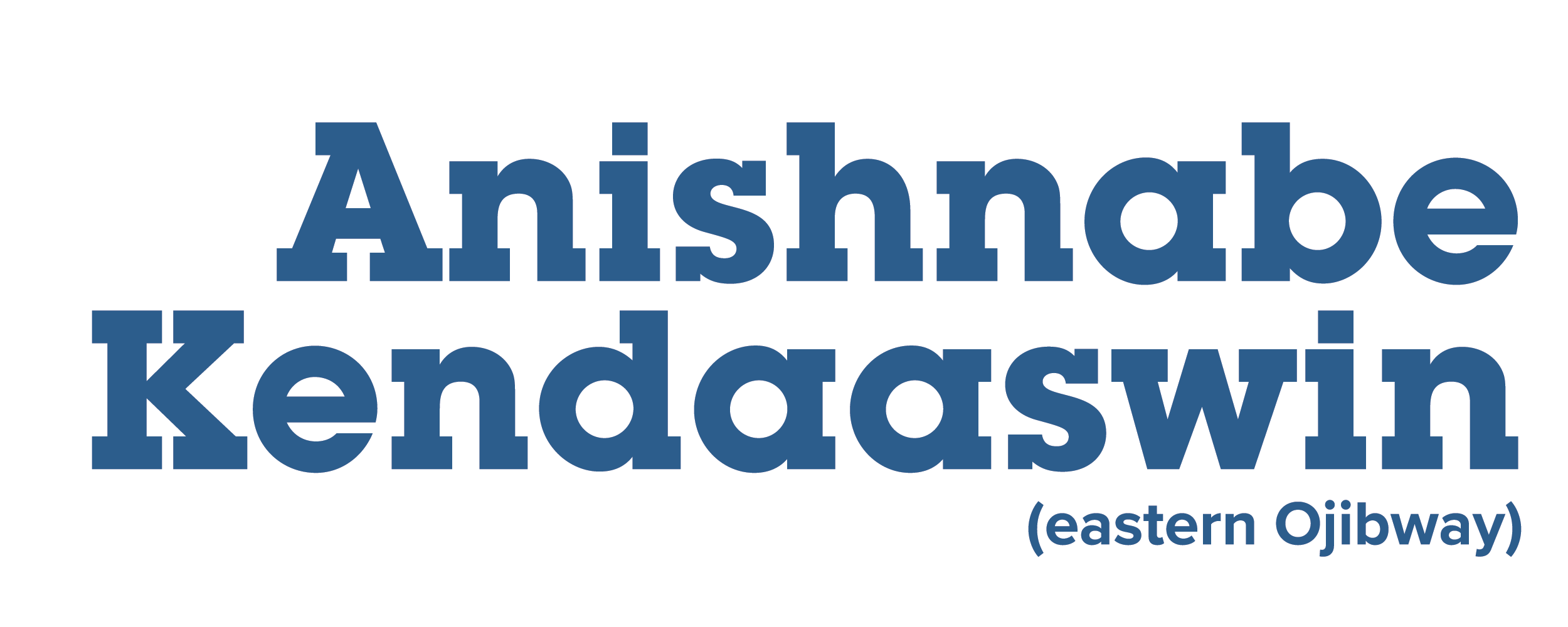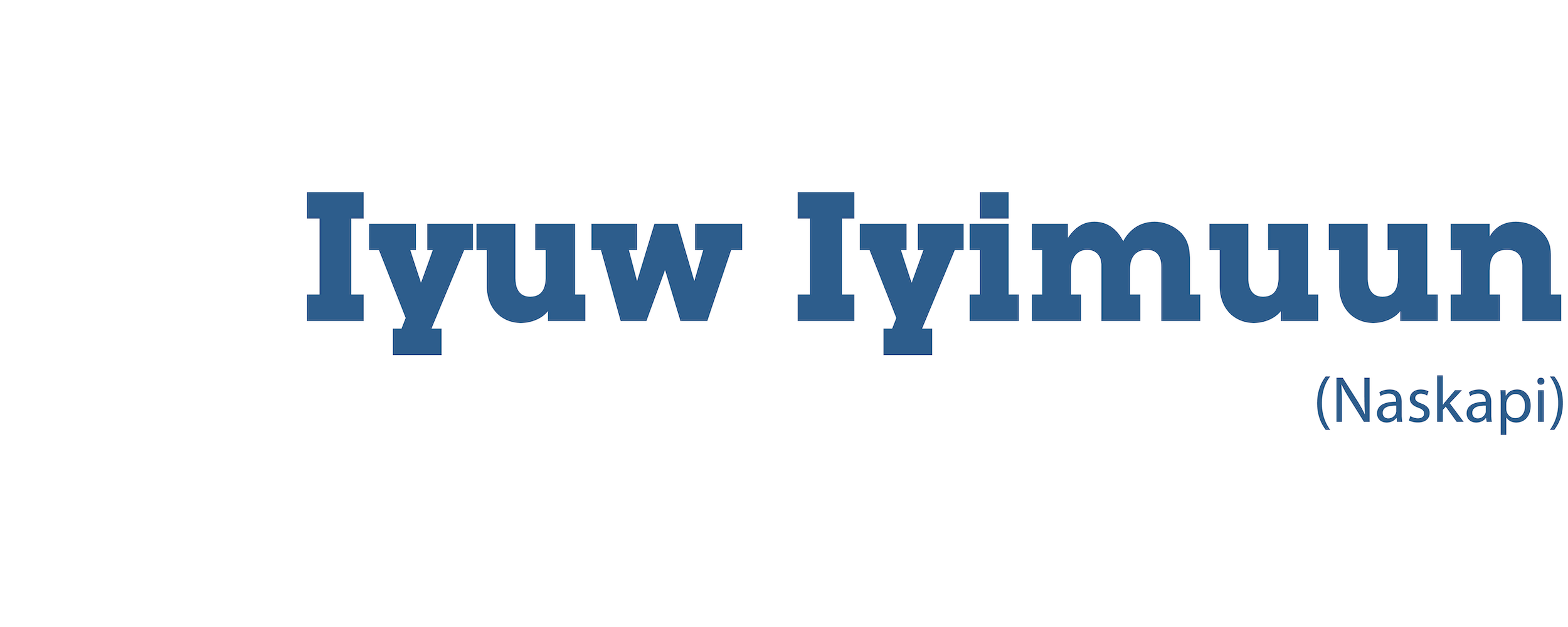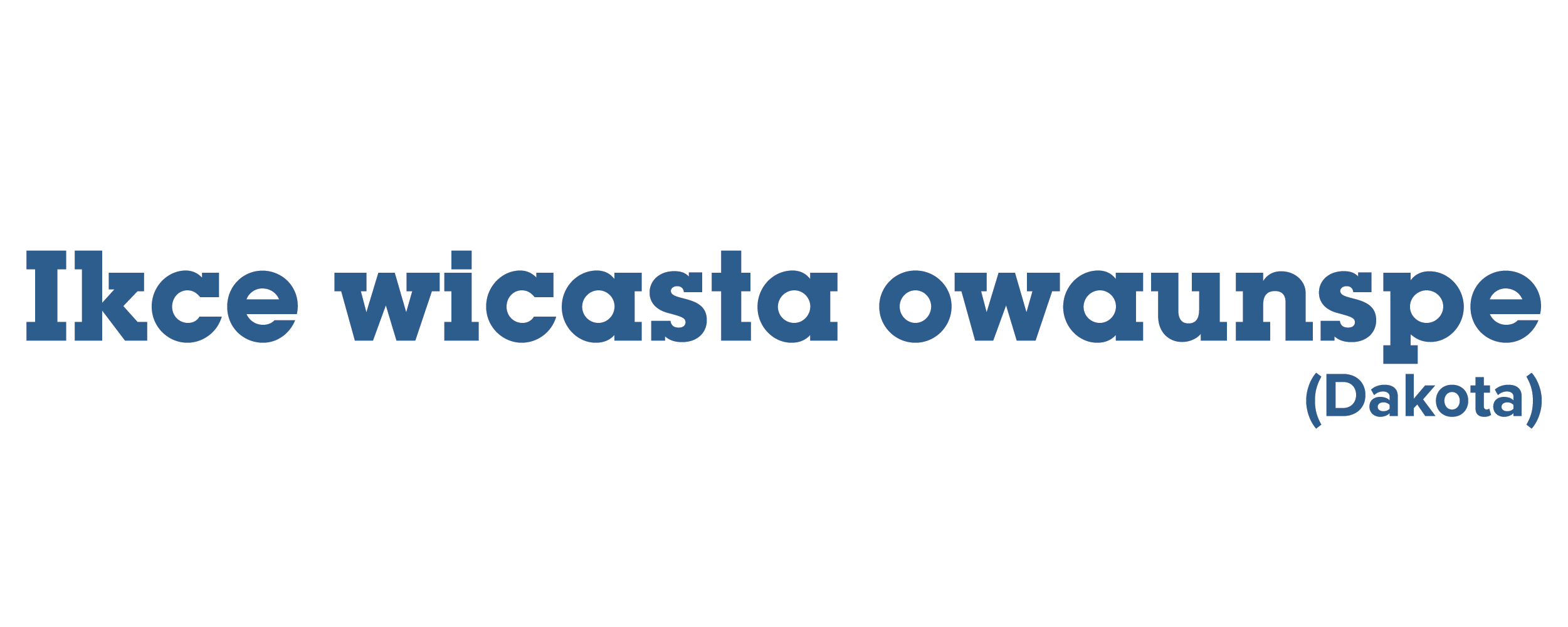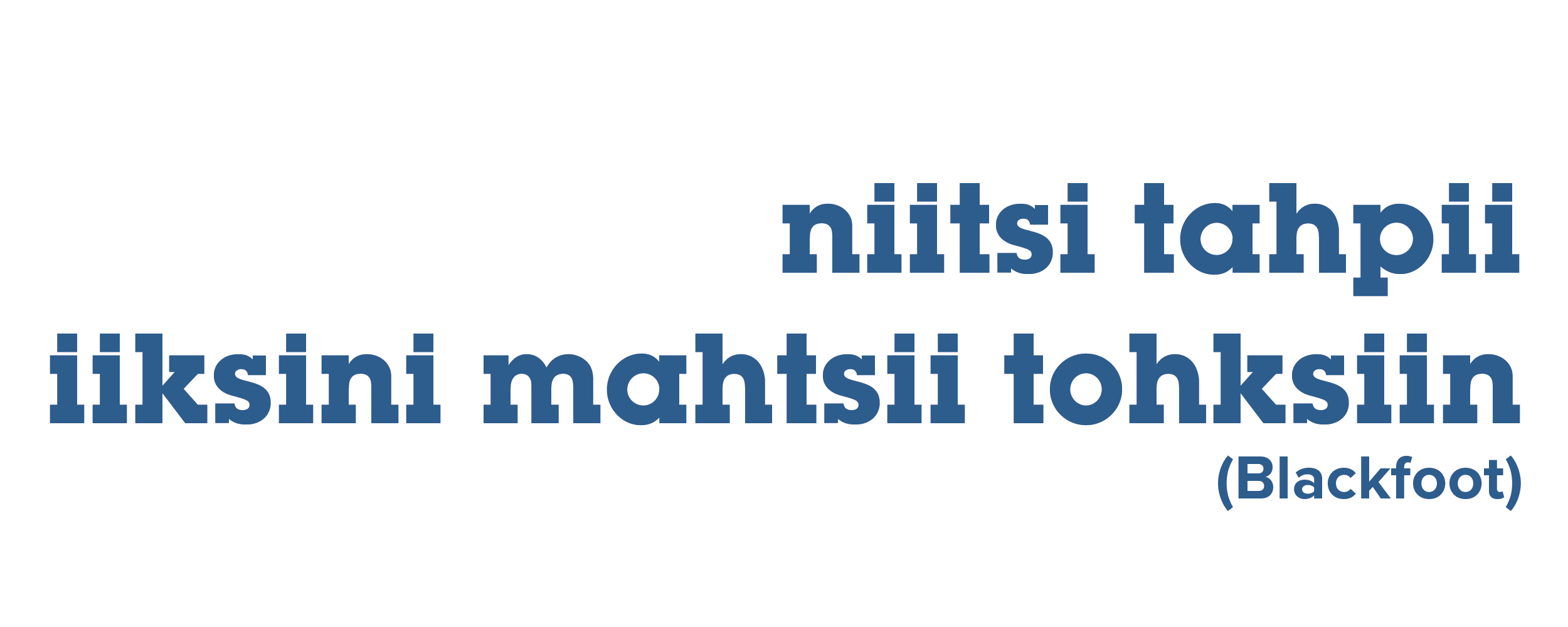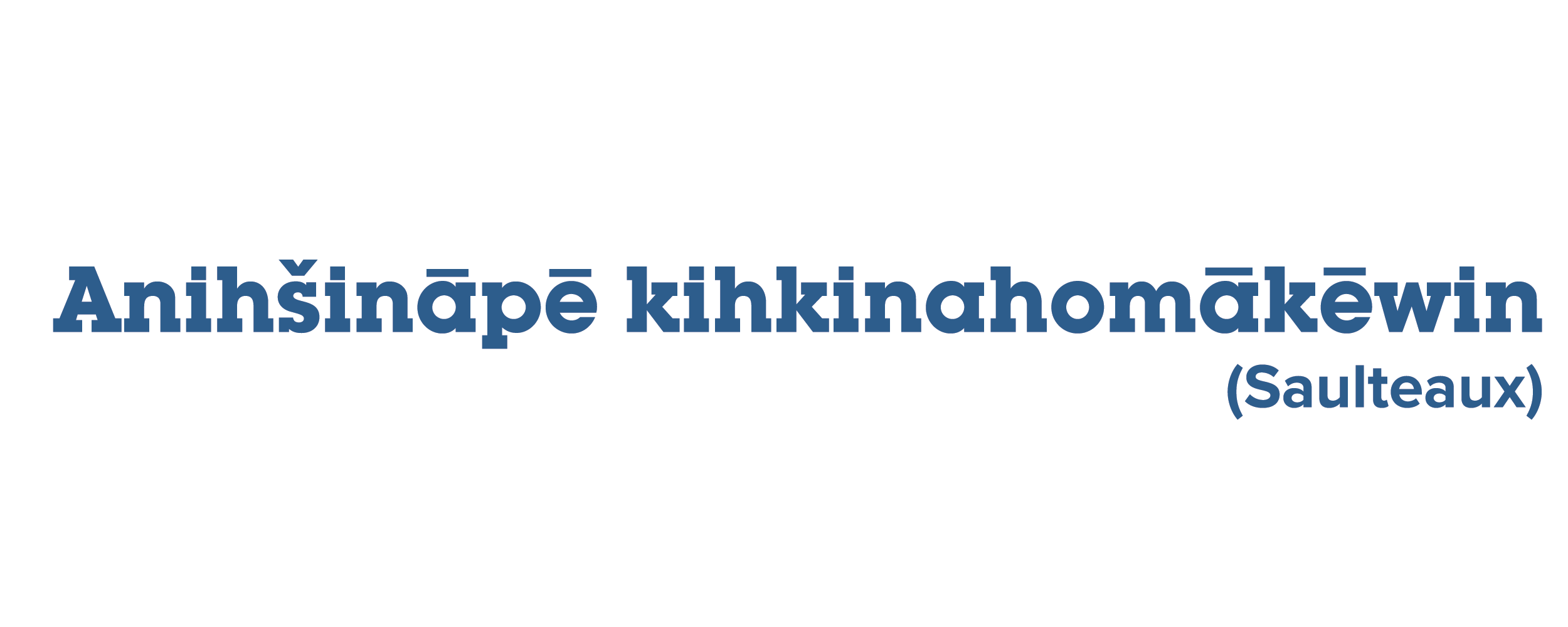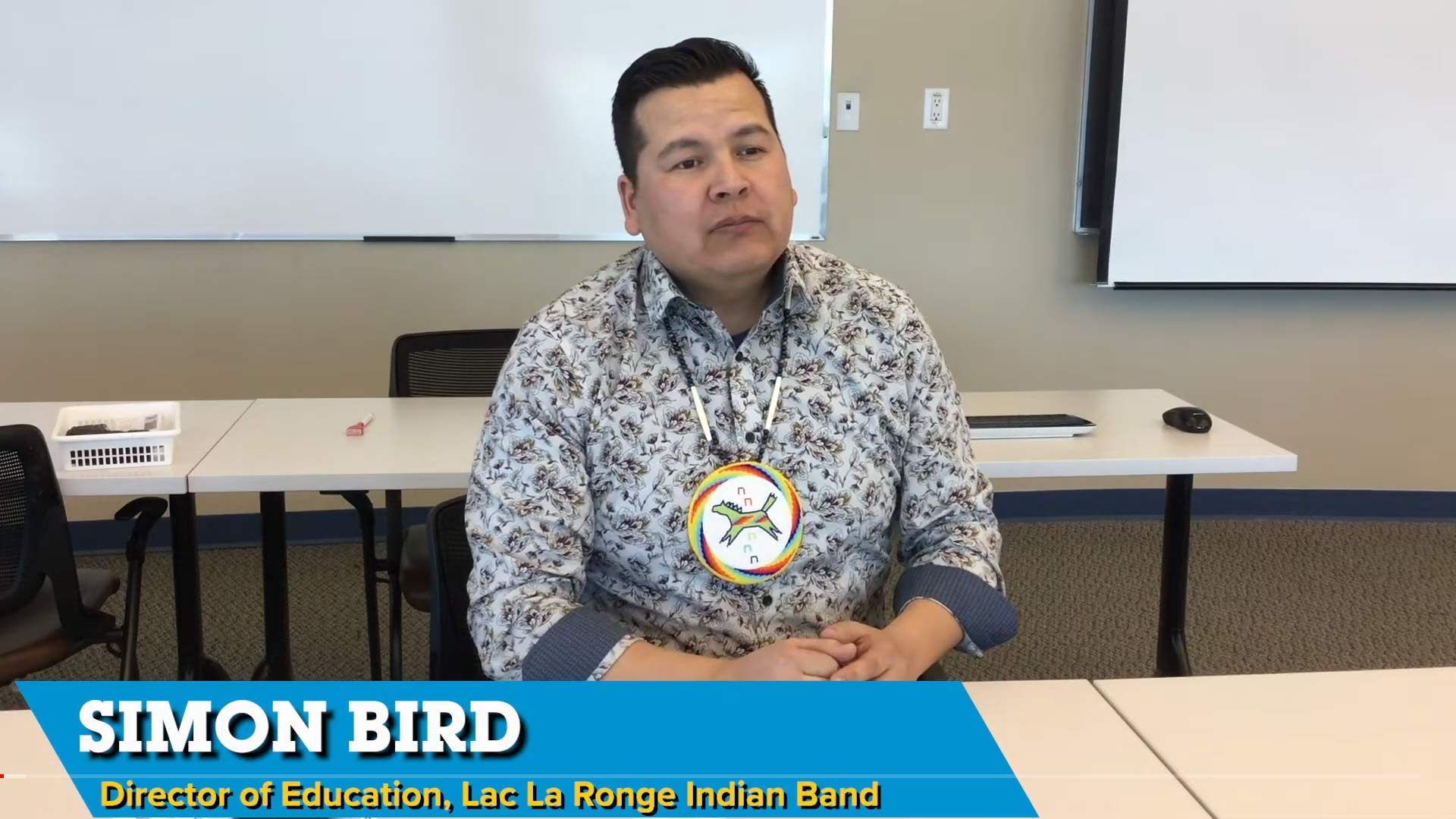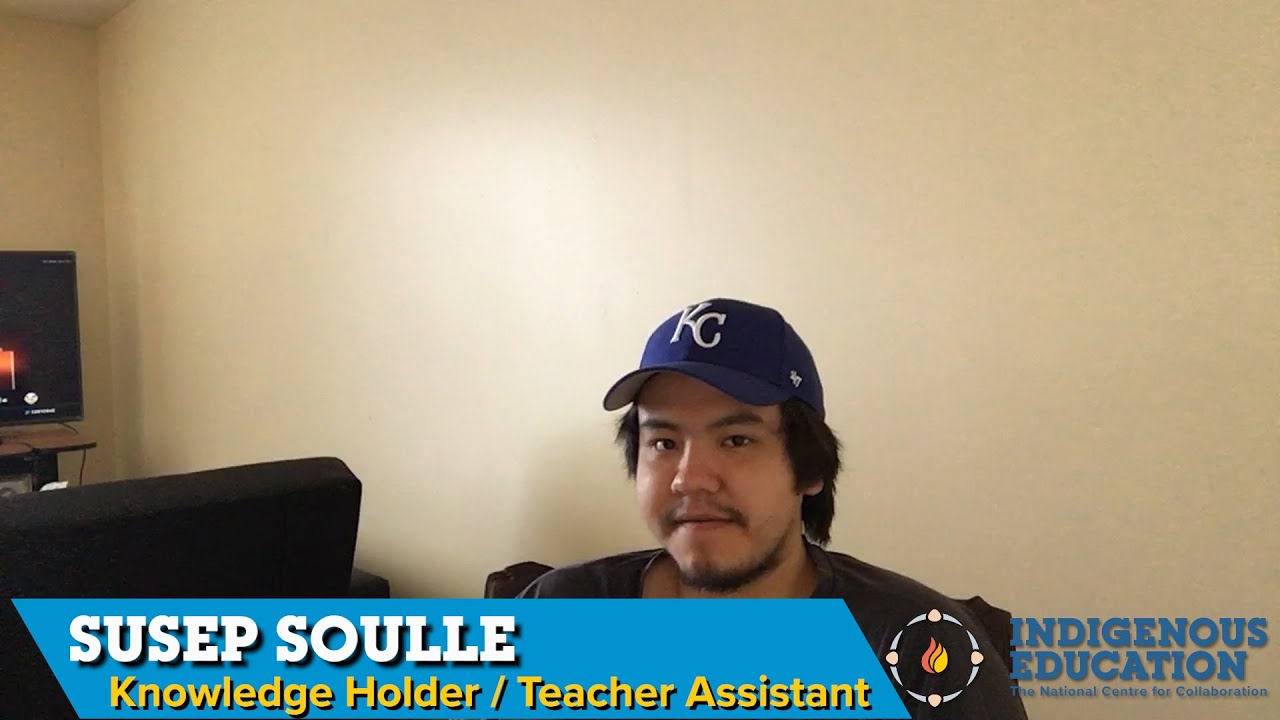Posted on April 8, 2020 by Lisa Jodoin
Audrey Benoit, Vice-Principal of Se’t A’newey Kina’matino’Kuom in Miawpukek First Nation describes how they celebrate and support Indigenous culture in their school.
Audrey Benoit, Vice-Principal of Se’t A’newey Kina’matino’Kuom in Miawpukek First Nation describes how they celebrate and support Indigenous culture in their school.
Posted on March 24, 2020 by Steffany Salloum
Founder of kâniyâsihk Culture Camps, Kevin Lewis believes that land-based education is an important way for Cree and non-Indigenous people to (re)connect with culture and identity.
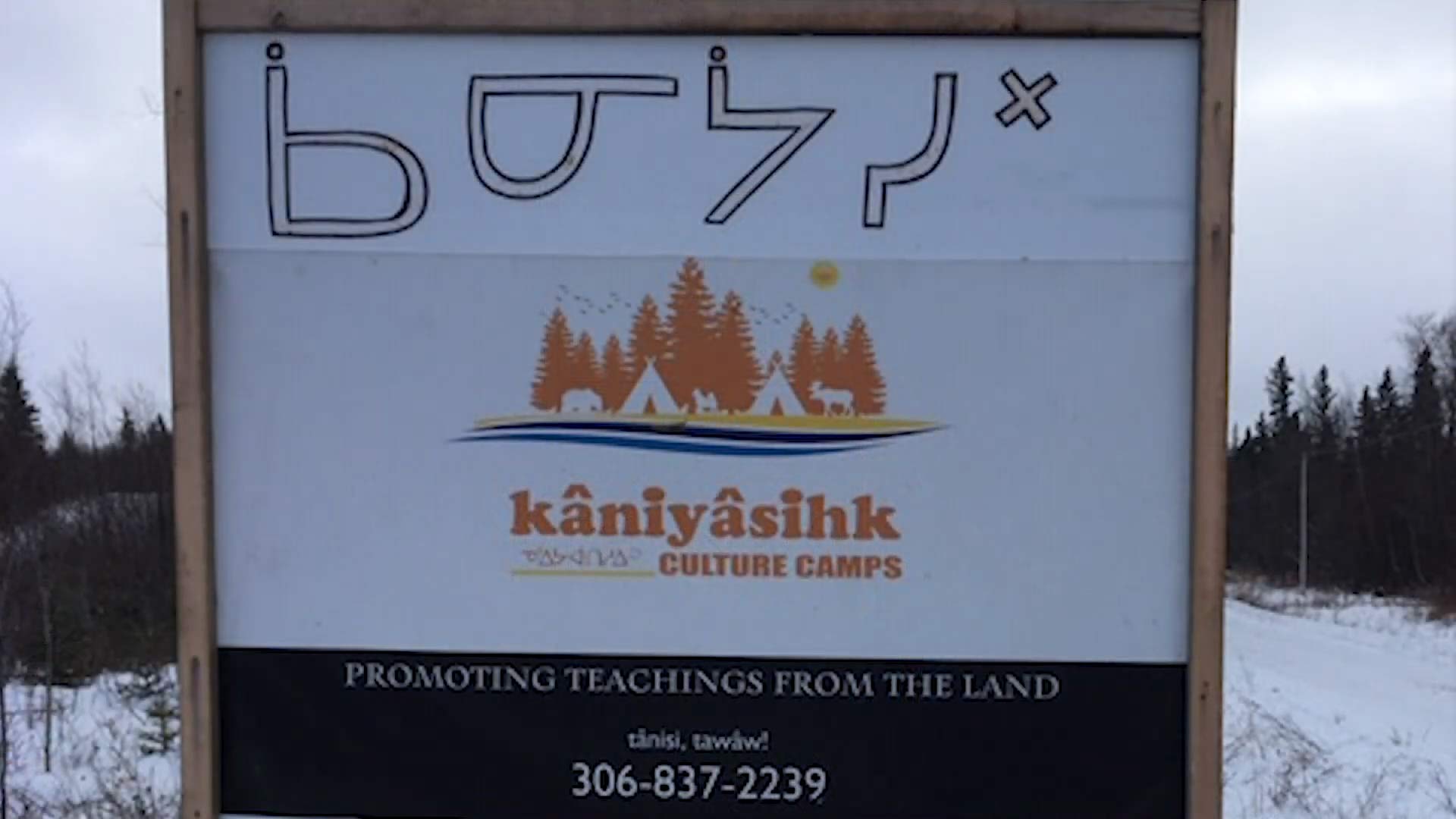
Within the last two decades, the kâniyâsihk Culture Camps at Ministikwan Lake Cree Nation have evolved from providing fall culture camps where participants took part in fishing and hide tanning to offering camps throughout all seasons and to anyone who wants to learn nehiyo (Cree) culture. Founder, Kevin Lewis explains that at kâniyâsihk Culture Camps participants take part in land-based learning that involves connecting with Elders, knowledge keepers, land keepers, medicine keepers, and berry pickers in their community. By sharing this wealth of knowledge with participants they begin to learn how to be self-sufficient and independent. Some of the many things done at camp include: learning Cree; harvesting plants for medicines; fishing and snaring; hide tanning; preserving moose, deer, elk, and fish; woodworking and building dog sleds, toboggans, birch bark canoes, snowshoes, and paddles; dog sledding; and participating in the Sun Dance, Sweat Lodge, and Chicken Dance ceremonies. The camp offers an immersive experience in nehiyo culture and Lewis hopes that more culture camps become available to people, especially for those living in urban areas.
Click here for more information about kâniyâsihk Culture Camps.
Posted on by Frannie and Kisa Rogers
Lonny is Traditional Knowledge Holder working to fill in what were cultural blank spaces with Indigenous dialogue and narrative to create a meaningful cultural support to the clients and staff of the Rotary House. Lonny discusses how important it is to create cultural space for not only clients but also for front line workers dealing […]
Lonny is Traditional Knowledge Holder working to fill in what were cultural blank spaces with Indigenous dialogue and narrative to create a meaningful cultural support to the clients and staff of the Rotary House. Lonny discusses how important it is to create cultural space for not only clients but also for front line workers dealing in the field of mental health. Cultural space is necessary for people to experience what is meaningful for them and to start healing steps. He shares the five components required for Indigenous Education to be truly culturally based and grounded.
Posted on by Gabrielle Pellerin
Developing models for nation-specific education through language revitalization and community engagement.
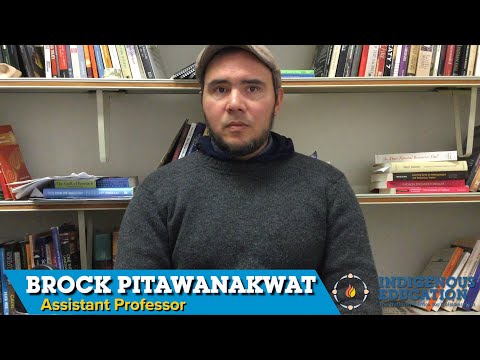
Developing models for nation-specific education through language revitalization and community engagement.
Posted on by Jeremiah Sharpe
Manitoba First Nations School System (MFNSS), begun in 2017, has been empowered to engage in Indigenous led education within the province. Established by the Manitoba First Nations Education Resource Centre (MFNERC), MFNSS is a First Nations-designed and led school system. For more information, visit: https://www.mfnss.com/About/Pages/default.aspx#/=.
Manitoba First Nations School System (MFNSS), begun in 2017, has been empowered to engage in Indigenous led education within the province. Established by the Manitoba First Nations Education Resource Centre (MFNERC), MFNSS is a First Nations-designed and led school system. For more information, visit: https://www.mfnss.com/About/Pages/default.aspx#/=.
Posted on by Marion Erickson
Hailey Prince details the Nak’azdli Cultural Centre’s aims and initiatives of capturing and maintaining Dakelh traditional knowledge through methods of traditional knowledge transfer from Elders. The centre offers programs and classes that are focused on strengthening areas of traditional Dakelh knowledge. Classes include teaching Dakelh language; drums, rattles, snowshoes, shawls, vests, baskets making; as well, […]
Hailey Prince details the Nak’azdli Cultural Centre’s aims and initiatives of capturing and maintaining Dakelh traditional knowledge through methods of traditional knowledge transfer from Elders. The centre offers programs and classes that are focused on strengthening areas of traditional Dakelh knowledge. Classes include teaching Dakelh language; drums, rattles, snowshoes, shawls, vests, baskets making; as well, learning traditional ways of hunting, trapping, and fishing. Among being a place of teaching and learning, the Cultural Centre is a support system to the community through ensuring all those in need are cared for. A food hamper program is an example Hailey describes as one way the centre ensures those in need are cared for. All donations given to the centre are offered to families in need. Traditional knowledge retention and community support are just some of the areas in which Hailey Prince views the Nak’azdli centre as an area of success in Indigenous education.
